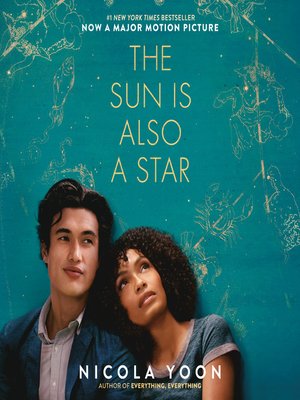



When he recovered, he took a position as companion to a disabled boy in Toronto in 1920. His convalescence took place over several months at the family cabin in Michigan. His legs were wounded and he was sent home. This experience later served as the source material for A Farewell to Arms. In 1918 he volunteered for service in World War I and served as an ambulance driver on the Italian front. Hemingway became the master of this style and adapted it to literary demands. In 1917, after graduating from high school, he took a junior position at the Kansas City Star where he was given a reporter's stylebook that demanded brief, declarative, and direct sentences. Young Hemingway pursued sports with his father and arts with his mother without distinction.

Clarence and Grace Hall Hemingway in 1899. One of the greatest authors of American literature, Hemingway had modest beginnings in the town of Oak Park, Illinois, where he was born to Dr. The ending of the novel is only slightly more tragic, yet it recovers those precious values which make life livable in a war-wearied world: friendship, stoicism, and natural grace. The trip ended poorly when Lady Duff and her companion left their bills unpaid. Lady Duff's companion was a bankrupt Briton (like Mike Campbell). There was also a Jewish novelist and boxer named Harold Loeb (source of Robert Cohn) whom Hemingway threatened after learning that he and Lady Duff had had an affair. Among them was Lady Duff Twysden, a beautiful socialite with whom Hemingway was in love (the inspiration for the novel's Lady Brett Ashley). The material for the novel resulted from a journey Hemingway made with his first wife, Hadley Richardson, and several friends to Pamplona, Spain, in 1925. Generally, the novel is considered to be Hemingway's most satisfying work. But for all its apparent simplicity, the novel's innovation lay in its ironic style that interjected complex themes without being didactic. Scott Fitzgerald said, "a romance and a guidebook." It also became, in the words of critic Sibbie O'Sullivan, "a modern-day courtesy book on how to behave in the waste land Europe had become after the Great War." The Sun Also Rises successfully portrays its characters as survivors of a "lost generation." In addition, the novel was the most modern an American author had yet produced, and the ease with which it could be read endeared it to many. Ernest Hemingway's first novel, The Sun Also Rises, remains, as F.


 0 kommentar(er)
0 kommentar(er)
